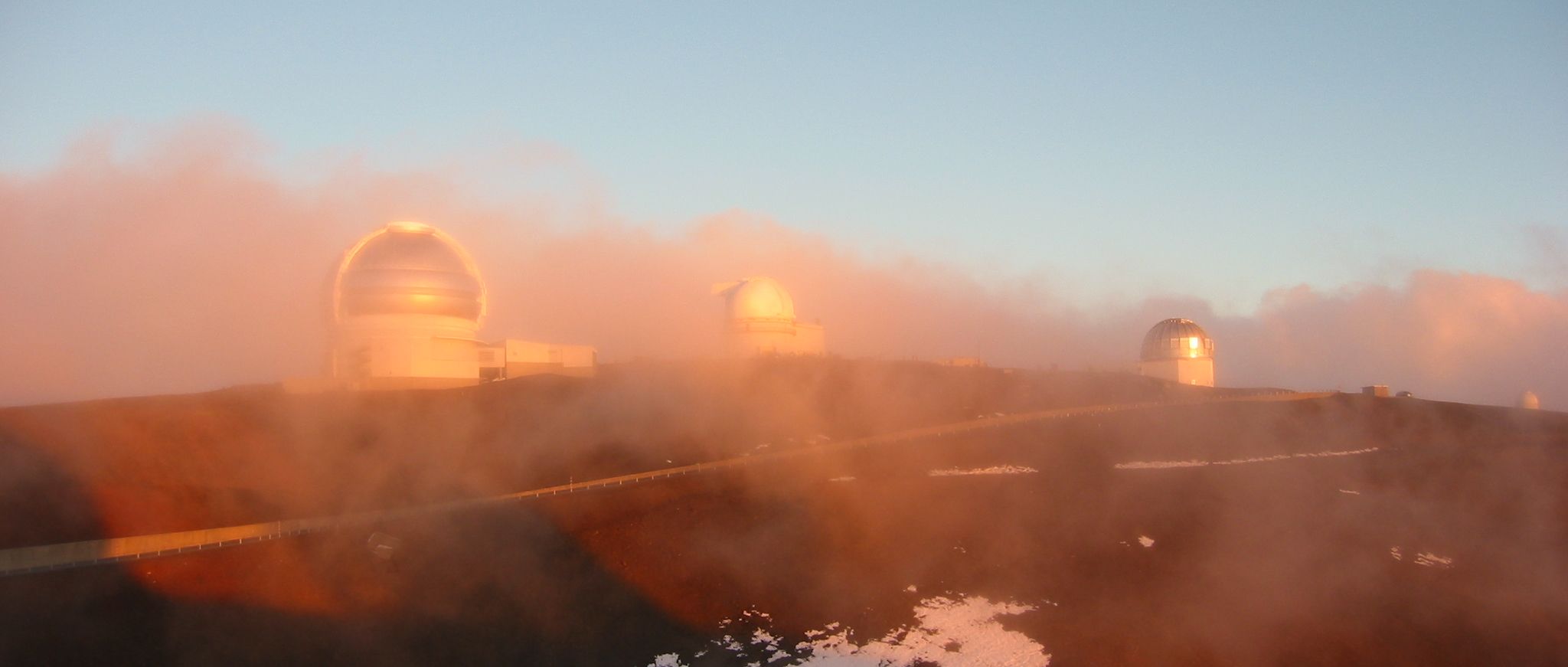Research

Dust reddened quasars
Radio galaxies
For many years, the only way of finding significant numbers of obscured quasars was by identifying the host galaxies of bright radio sources. Radio galaxies still provide important insights into both the nature of the obscured quasar evolution, and the formation of the most massive black holes known in the Universe.Mid-infrared selection of AGN and quasars
In recent years, a new geneneration of infrared and optical surveys have been able to find much larger numbers of dust obscured quasars. My research has concentrated on mid-infared selection using surveys from the Spitzer Space Telescope such as SWIRE as a basis. Luminous AGN and quasars separate well from star forming and quiescent galaxies in mid-infrared color space due to their strong hot dust continua. Spectroscopy with ground-based optical and near-infrared telescopes can then be used to find the redshift of the objects.Host galaxies with HST and adaptive optics
Studying the host galaxies of reddened quasars is useful for two reasons. First, the quasars themselves are much fainter in the rest-frame optical, allowing more details of the inner part of the host galaxy to be seen. Second, dust reddening is very likely to occur in quasars which are associated with recent merger events, thus, by studying the hosts of these objects we can investigate the links between quasar activity and galaxy mergers. For some samples see here. We are also obtaining data on quiescent massive high redshift galaxies with adaptive optics to compare with the quasar hosts.Very distant galaxies
Massive galaxies at z>5
The SERVS survey is capable of finding massive galaxies out to z~6. The numbers and masses of these objects strongly constrain models of galaxy evolution.Stellar populations and the ISM of z~6 galaxies
The IRAC camera on Spitzer is capable of detecting galaxies out to z~6 and beyond, and the only instrument capable of seeing rest-frame optical emission from these galaxies. We have been able to show that, even at z~6, many galaxies show evidence of relatively old stellar populations, suggesting their first bursts of star formation were at z>~8. With ALMA, we will be able to study the dynamics and state of the interstellar medium in these objects.
site info
© 2008 Mark Lacy | Original design by Andreas Viklund.